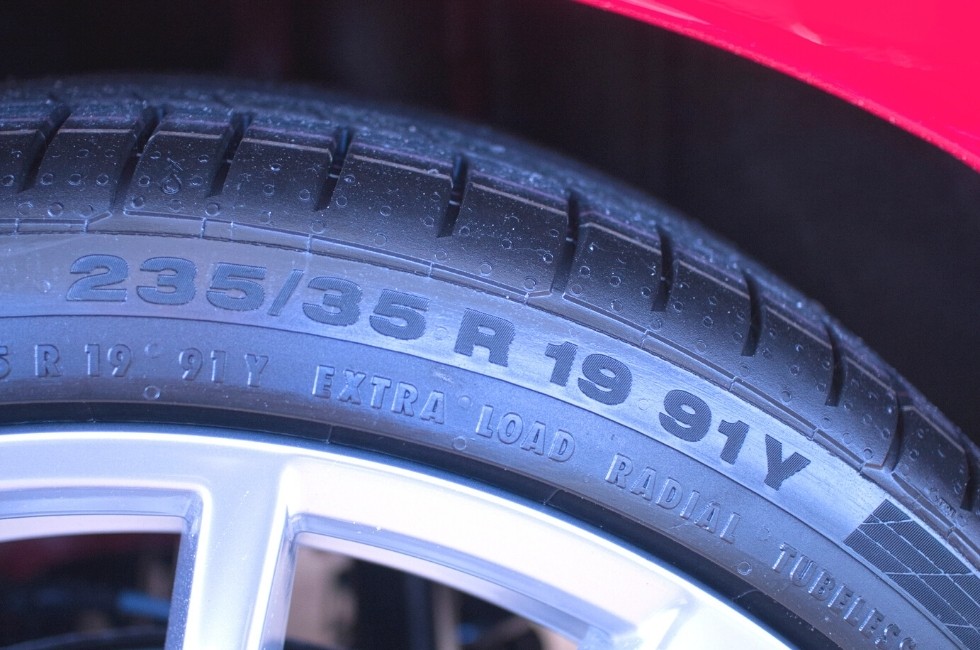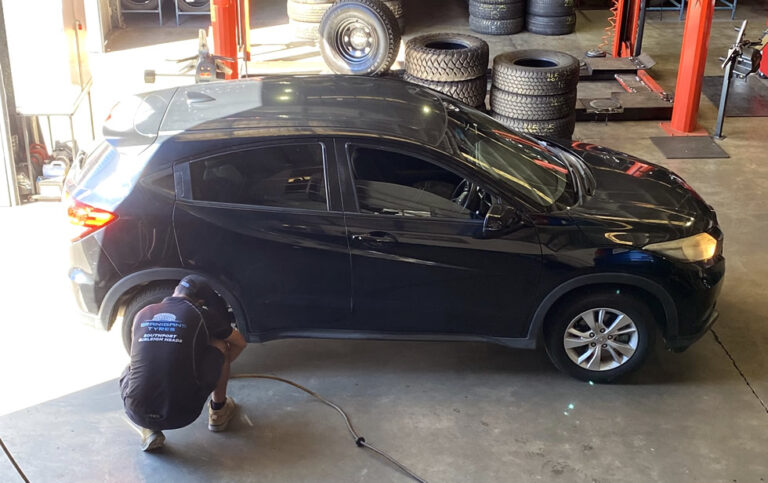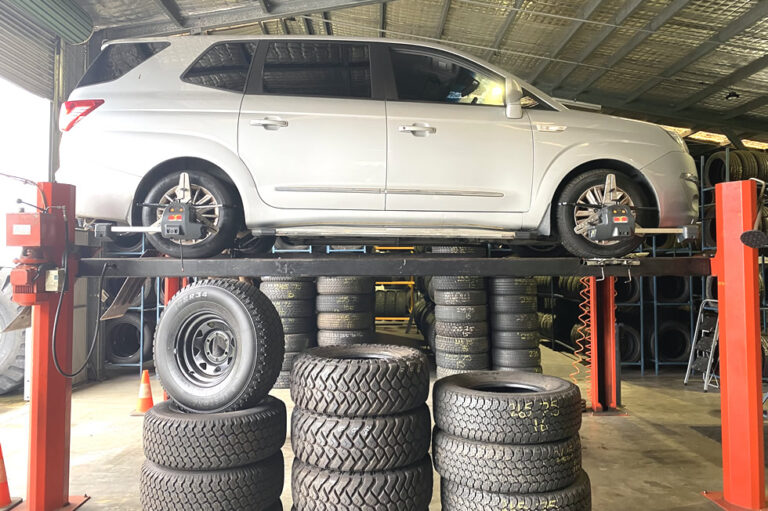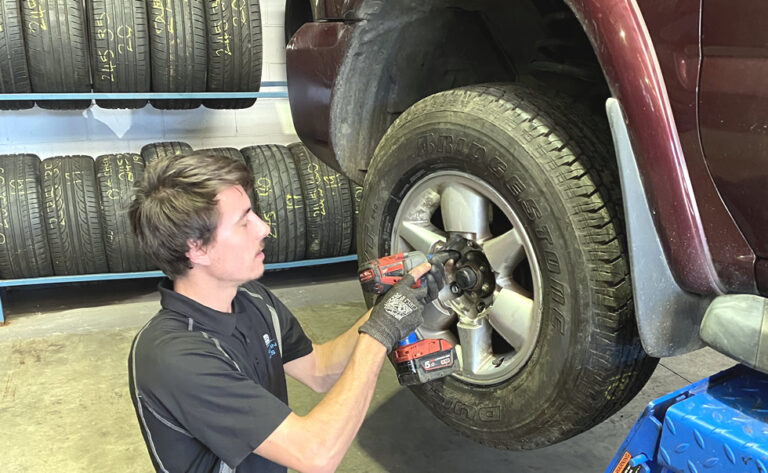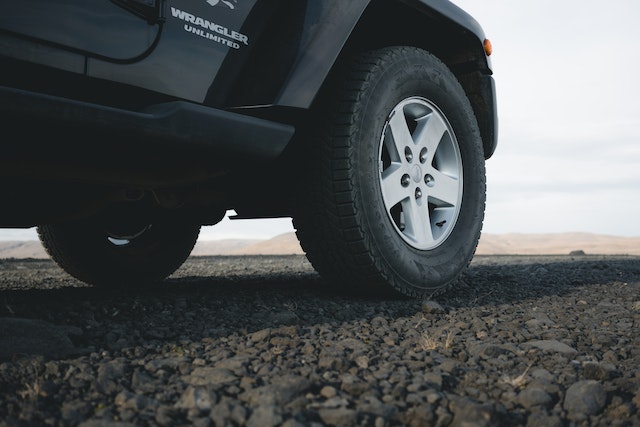Unless someone has spent time contemplating their tyres, and most people don’t, they may never have wondered what the numbers printed on the sidewalls actually mean. However, they’re rather important since they will help the vehicle owner in identifying the tyres they need for their car as well as the age of their existing tyres. It’s also interesting to know what each number means and why it’s important to match the specification it indicates when getting new tyres. Chris Lett, owner of Branigans Tyres in Burleigh Heads, provides a quick overview, unravelling the alphanumeric soup that puzzles so many drivers.
Australian Tyres Must Have the Following Markings
Traceability is important. Therefore, manufacturers are required to display their name in print on the sidewall of tyres. Beyond that, the specifications for use and tyre size ensure that replacements will match the specifications for any particular vehicle. A serial number indicates where and when the tyre was made and specific variants, for example, radial or tubeless tyres are also indicated. Over and above that, the country in which the tyres originated, the mould number and a specific factor code number are also printed on the tyre.
How to Read Tyre Specification Codes
The first part of the code is a single letter. For most people, that would be a “P” for “passenger vehicle.” “C” denotes a commercial vehicle and “LT” stands for light truck.
The number following the first letter of the code indicates the width of the tyre measured in millimetres. A backslash separates this number from the following one which is termed “aspect ratio.” It indicates the percentage of width when compared to the height of the sidewall.
98 percent of tyres will display the letter ‘R’ next in the code. It stands for radial ply, and it’s one of the biggest advances in tyre technology. Steel belts run radially across the tyre and they make tyres tougher while improving fuel efficiency.
The number after that indicates the diameter of the wheel rim, and it’s still given in inches, while the final number of the code we’re cracking shows the load index. It’s followed by the speed rating indicated by a letter T, H, or V which shows the speed that a tyre can safely be driven at. Suffice to say that this speed is higher than any speed that one can legally drive at! H and V tyres are regarded as “performance touring tyres” and handle the highest speeds.
How to See Your Tyres’ Age
All that’s left now is the fine print right on the edge of the sidewall nearest the rim. It expresses the date of manufacture by showing the week number and the last two figures of the year of manufacture. So, if this code reads 1420, for example, it was made in the 14th week of 2020. If a vehicle owner doesn’t drive their car much, they should check this number. Most tyre makers say that tyres should be replaced by the time they’re 10 years old, regardless of how good the tread still is.
Practical Info Worth Understanding
“The codes on tyres are worth understanding,” says Chris. “If you’re shopping around for new tyres, the tyre specification code helps you to get an exact quote on tyre pricing. And if you have old tyres, manufacture dates will give you an indication of whether they’re still safe to use.”
“When in doubt, give Branigans a call. It’s a business that prides itself on being there for its customers, so whether it’s a question about tyres and tyre health or getting a quote for new tyres, a technician will be on hand to help.”
For further information, visit or call Chris and his team at Second Hand Tyres Gold Coast |Branigans Budget Tyres by contacting the Service Centres in Burleigh Heads (07) 5535 2660 or Southport (07) 5591 8633.
Syndicated by Baxton Media, The Market Influencers, Your Digital Marketing Agency.

